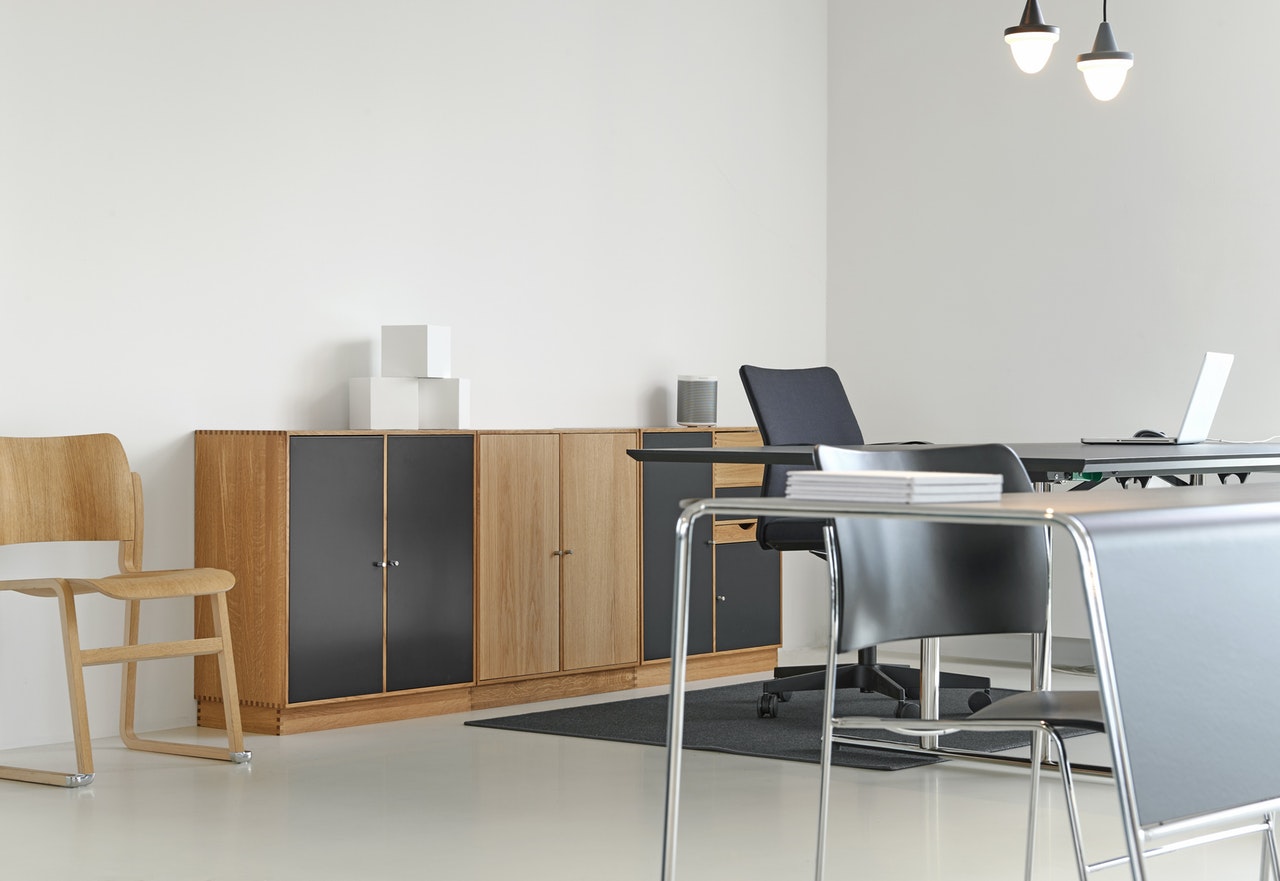Warp It are thankful to Clare Swift for giving us a few minutes to share some of her invaluable knowledge and talk about the impact of a really cool project she is a part of. As a decision-maker at North East Ambulance Service NHS, Clare was given the responsibility of finding ways to improve the environmental performance of their many sites in a way that did not negatively affect team members and would also provide cost savings.

This involved:
- Switching from gas-fired boilers to eco-friendly Air Source Heat Pumps
- Proving a cost-efficient business model
- Starting with a trialto see if the concept is successful
- Overcoming challenges along the way
Hi Clare, would you like to introduce yourself to our readers?
Well, I'm the environmental sustainability manager at North East Ambulance Service and I look after all environmental and sustainability projects at our Trust.
You have won lots of sustainability awards lately- can you tell us a little about your recent energy project?
I was tasked with using our ‘invest to save’ budget to reduce gas consumption and the associated CO2 emissions at a number of our properties, and we chose air-source heat pumps to do that.
We started with a trial at Hexham ambulance station, where we had an end of life gas fired heating plant which was totally defunct and needed replacing.
It made sense to install renewable technology. We knew there would be a great payback through consumption savings in gas, due to the really inefficient boiler from before which was using a substantial amount of gas for a small property. As our stations are quite small, they’re probably perfect for air-source heat pump technology.
We installed a 14 kilowatt pump in Hexham in 2015 and have installed more since.
This isn’t a well-established technology is it? You must have faced some objection, what happened?
I wrote a business case for our executive team, where I compared the cost of buying a combi-boiler against the actual air-source heat pump. A combi boiler is £10,000, an air-source heat pump £20,000 so I then did the calculations to see how long it would take to recoup the difference.
Is it true that air-source heat pumps have to have a high level of insulation to function properly?
Absolutely true, so we added cavity walls and a lot of insulation. The property already had double glazing and draught proofing.
So, did it work? Did it follow the business case?
Yes. We've got Carbon Trust Gold Standard in August '16, because we can prove three years of energy reductions, and it looks like we've had another huge energy reduction this year, mainly based on the reductions in gas.
Our crews spend their life on the road so it needs to be warm when they come in. We've turned off all the gas supply to the station so everything now runs on air-source heat pump. At first our staff were complaining they were too warm, but once they got used to it, they say it’s a nice heat, a dryer heat.
We have now installed more in Peterlee, Colby, Fishburn, Belford and are due to install another in Alnwick. We’re also looking to install four or five more this year.

Credit: Which?
Fantastic! You’ve proved the model and mobilised the learnings. What we’re interested to know is how you managed to do it all so quickly? Public sector efficiency is usually so slow.
I have a dedicated ‘invest to save’ budget each year and, because we've got very good financial development backing, we can make our projects payback. Obviously I have to do the calculations and get plans signed off but I don't have to keep doing a business case because we've proved that it works and we've rolled them out from there.
This is great to hear, but it can’t all have been plain sailing? What have been your biggest challenges?
I think the biggest challenge is having faith that what we put in at Hexham was going to work; that we'd taken all the relevant guidance, we'd done the feasibility and all the calculations worked. We had the relevant engineers onboard, but at the end of the day it all boils down to the social aspect, doesn't it, that actually if they're not warm enough in the middle of winter, then that's a massive risk. Actually that risk paid off, everything had been done properly, all the experts knew what they were doing and we should have had more faith in that, but there's always a worry, isn't there, in a new technology?
We’d like to thank Clare once again for her time and insight into this project. So, what has been learned here? Firstly, having the support in place to put a trial together is a great position to be in, but it’s not something that should be seen as out of reach. In fact, if you are able to put together the calculations for something you’d like your business to trial and it makes financial, social and environmental sense, you’re unlikely to face objections. Making a solid business case and taking that into a trial is also a very precautious method, as rolling out an idea across an entire organisation without trialling it can be very risky indeed!
Download our guide on how to get senior support for your projects:









